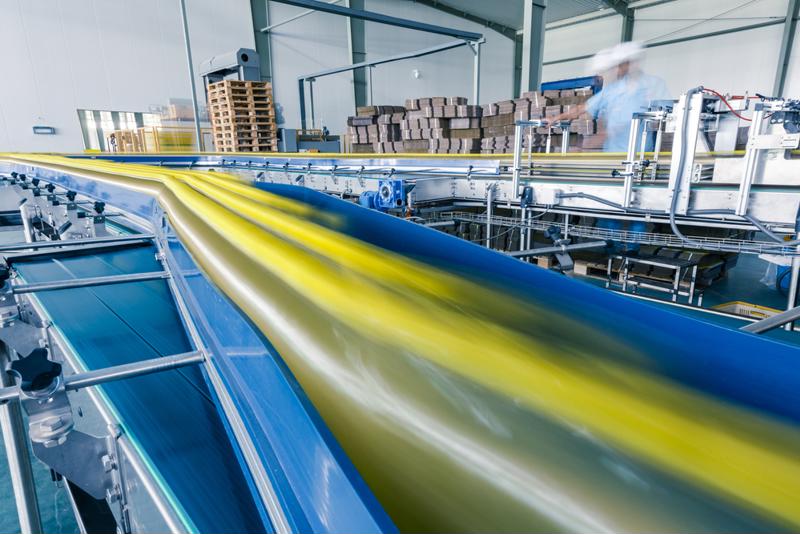Because of this, supply chain management teams have been forced to recalibrate their current processes to overcome the interruptions and disruptions that they're encountering every which way.
Depending on your needs, your industry and what workflows personnel follow in terms of ongoing production, whether in the factory or the office, you may want to consider implementing a different supply chain management model than what's in place now.
Here are a few of your options, what they're all about and in what circumstances each model may make sense to deploy for your business:
1. Fast chain model
If you're in manufacturing, the fast chain model can make a lot of sense. The fast chain model is for supply chains in which the product that's being created has a limited shelf life or life cycle. This may include anything that doesn't have a lot of staying power in terms of popularity, nor last very long once it's purchased. In short, it's anything that's trendy or ephemeral in nature.
Time is of the essence when it comes to trendy items. Thus, the quicker the end product can move off of assembly lines, the better positioned a producer will be. If there's a need for speed, the fast chain model is ideal.

2. Continuous flow model
As its title more or less implies, the continuous flow supply chain model is designed for production processes that are repeatable and highly rote in nature. Widely considered to be the most traditional of the supply chain models, continuous flow is for assembly line-centric production, where there's high volume but the steps involved in turning a raw material into a finished product are the same. Leveraging automation can make sense for the continuous flow supply chain model.
3. Agile model
Are the goods that you sell to your customers custom made, where the end product is ultimately dependent on the request? If so, the agile model is worth adopting. Whether it's ceramics, fine art, certain kinds of food or other specialty items, the agile model is best suited for creating items or orders in small batches, even one at a time. In this way, it's the opposite of the fast chain model, because the emphasis is on quality rather than quantity.
4. Flexible model
There are some businesses where demand can be very temperamental and unpredictable. At one moment, orders are minimal, while in the next, you can't produce fast enough. The flexible supply chain management model ensures that the processes in place are adaptable and can be swapped out when the need arises in accordance with the pace of customer demand.
The more familiar you are with your business and its ongoing needs, the better off you'll be when it comes optimizing how you manage your supply chain in a pervasively challenging environment.



Post A Comment:
0 comments so far,add yours